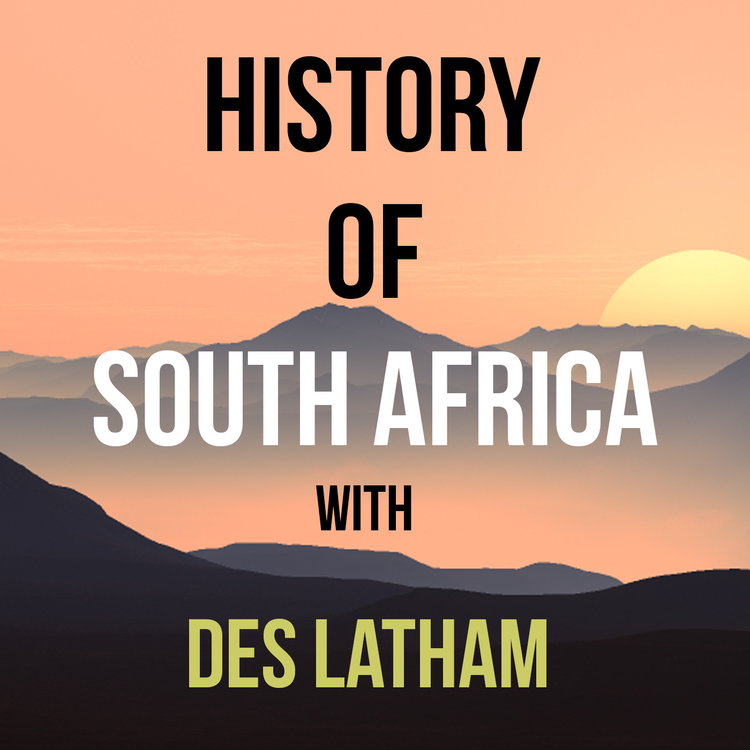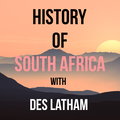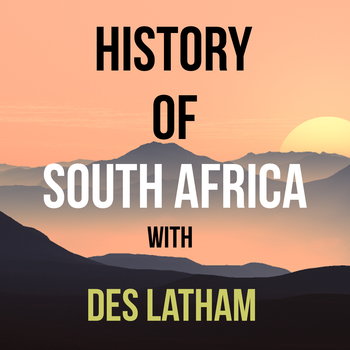
Episode 89 – Shaka’s mojo and the debate about the Mfecane
Loading player...
This is episode 89 and it’s the first years of the 1820s and we are still in Zululand. By now Shaka began concentrating his power in the area around Mahlabatini, to Qulusini, which is the area just north of the White Mfolozi River.
That’s north of the town of Ulundi.
After Zwide of the Ndwandwe was chased away, Shaka began developing a dense cluster of imizi in Mahlabatini under Mmama, Mnkabayi’s twin sister – and the largest of these was oSebeni near Nhlazatshe mountain.
Most were previously Mthethwa homesteads including kwaKandisa, oNyangek kwaGuqu, Mdadasa and Nomdayana.
I mentioned last episode that we need to attend to the various myths about Shaka’s sexuality. Most of the salacious myths are indeed, myths, and I’ll explain why. Some suggest he was gay, others that he couldn’t have sex, he was sexually disabled. We must attend to this part of the story because a whole phalanx of myth-making has developed based on misconceptions.
Most Zulu oral story tellers and written evidence that Shaka had no children. I’m going to explain why. He had an isigodlo of several hundred women, yet never had a child – how come?
This movement of people around Zululand was going to nudge others further afield. I mentioned the concept of the Difaqane or Mfecane last episode. This is a theory about what happened at precisely this time in Southern African history where it’s postulated that Shaka’s immense power and violence led to the scattering of clans and tribes away from his zulu powerhouse which in turn, disrupted other people’s further afield.
That people were now moving more than they had been in preceding decades is uncontestedly true. But it’s disputed and quite virulently about why this happened.
It's known as the Difaqane or Mfecane.
That’s north of the town of Ulundi.
After Zwide of the Ndwandwe was chased away, Shaka began developing a dense cluster of imizi in Mahlabatini under Mmama, Mnkabayi’s twin sister – and the largest of these was oSebeni near Nhlazatshe mountain.
Most were previously Mthethwa homesteads including kwaKandisa, oNyangek kwaGuqu, Mdadasa and Nomdayana.
I mentioned last episode that we need to attend to the various myths about Shaka’s sexuality. Most of the salacious myths are indeed, myths, and I’ll explain why. Some suggest he was gay, others that he couldn’t have sex, he was sexually disabled. We must attend to this part of the story because a whole phalanx of myth-making has developed based on misconceptions.
Most Zulu oral story tellers and written evidence that Shaka had no children. I’m going to explain why. He had an isigodlo of several hundred women, yet never had a child – how come?
This movement of people around Zululand was going to nudge others further afield. I mentioned the concept of the Difaqane or Mfecane last episode. This is a theory about what happened at precisely this time in Southern African history where it’s postulated that Shaka’s immense power and violence led to the scattering of clans and tribes away from his zulu powerhouse which in turn, disrupted other people’s further afield.
That people were now moving more than they had been in preceding decades is uncontestedly true. But it’s disputed and quite virulently about why this happened.
It's known as the Difaqane or Mfecane.

